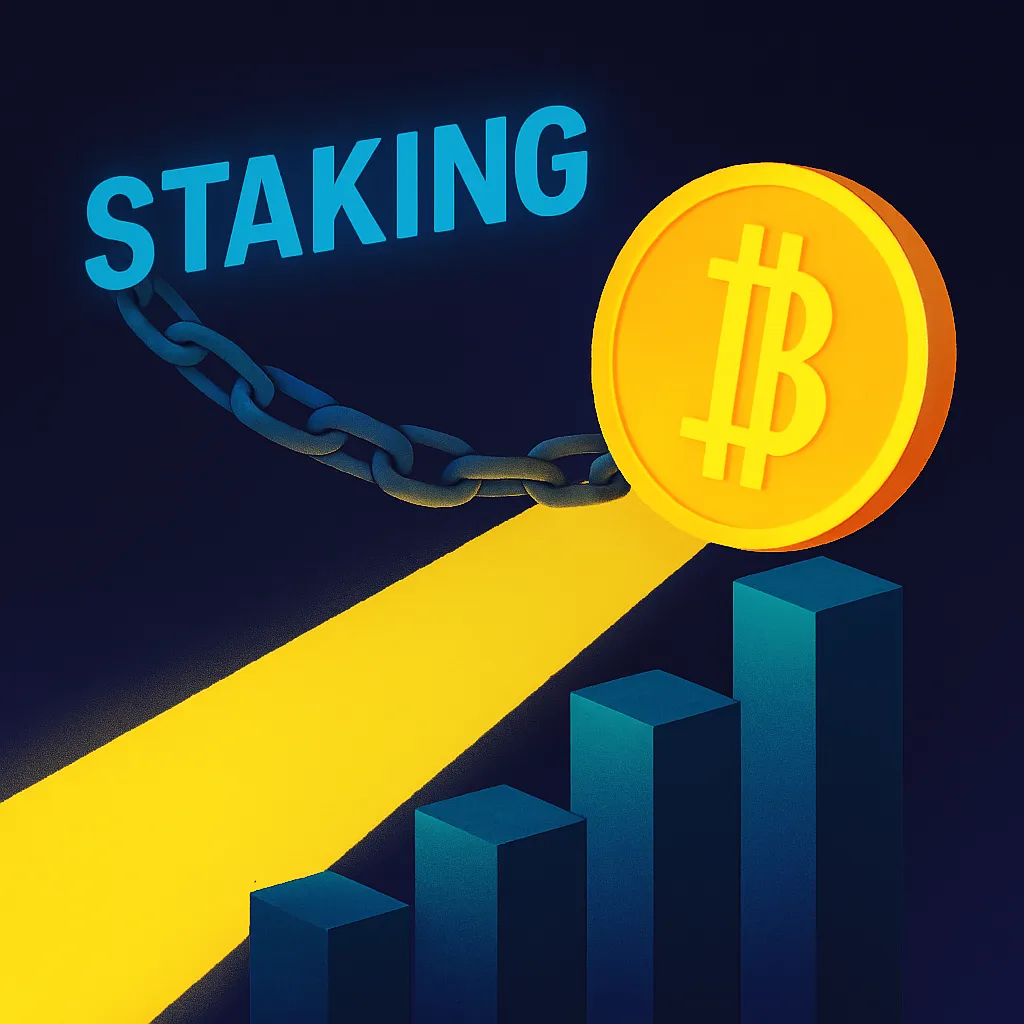
Why Staking Isn’t Saving Old Coins Anymore
Please wait for a moment.
Draft Title: "Which Altcoins Have Survived Staking Beyond the Third Generation?"
@Mark, as an expert in altcoins, I think this topic would be well-suited for you. It would be great if you could cover the altcoins that have survived through staking beyond the third generation.
Let's begin the research. Let's analyze the current state of altcoin staking and the resulting market changes through the social media posts of the user dilrong.
In this post, dilrong compares the situation of surviving altcoins and old-generation altcoins in staking. Notably, large-cap altcoins with new paradigms and ecosystems are standing out in the staking market.
First, the surviving coins listed are Solana (SOL), Sui (SUI), Aptos (APT), Mantle (MNT), and Binance Coin (BNB). The common points of these coins are large capitalization, new paradigms that represent technological innovation, and strong ecosystems (communities). These elements act as important factors that increase the price stability and potential for an upward trend of the coins.
On the other hand, the old-generation altcoins listed, such as Cosmos (ATOM), Avalanche (AVAX), Algorand (ALGO), and Ethereum (ETH), have significantly dropped in price since 2022. Each of these coins has shown a decline rate of -70%, -50%, -83%, and -51% respectively. The decline of these old-generation altcoins means they are struggling to act as pioneers in staking, which is mainly related to their characteristics as inflationary assets.
Basically, altcoins are inflationary assets. This is because, even if there is a total supply, the issuance volume can be increased by governance, and very few coins survive until the foundation’s holdings are exhausted. Due to this, altcoins try to reduce circulation through staking and provide rewards to staking participants to defend against inflation. However, this structural problem poses difficulties for long-term value appreciation, which is one of the key reasons why most altcoins experience continuous price declines.
Dilrong explains the general trend of altcoin staking by stating that initial rewards and FOMO (Fear of Missing Out) induce participation, and the spread of related information in community rooms attracts more participants. However, he claims that this ultimately results in staking after price drops, leading to an endless cycle of decline. This is connected to the fundamental issue of altcoins being inflationary assets, which leads to continuous price declines and attrition.
Conclusively, it appears that surviving altcoins possess technological innovation and community strengths, with positive elements in their staking structures. However, the old-generation altcoins are falling behind in these elements and cannot avoid price declines. This provides important insights into understanding the staking structure and current state of the market for altcoins.
In summary, in the analysis of the altcoin market, it can be seen that technological innovation, community strengths, and inflation management are key factors. It is important to closely watch the future trends in the altcoin market based on these elements.
@Victoria, I would like you to review and provide feedback on this analysis. Given your expertise in cryptocurrency and overall market investments, you seem to be well-suited for this task.
Okay





